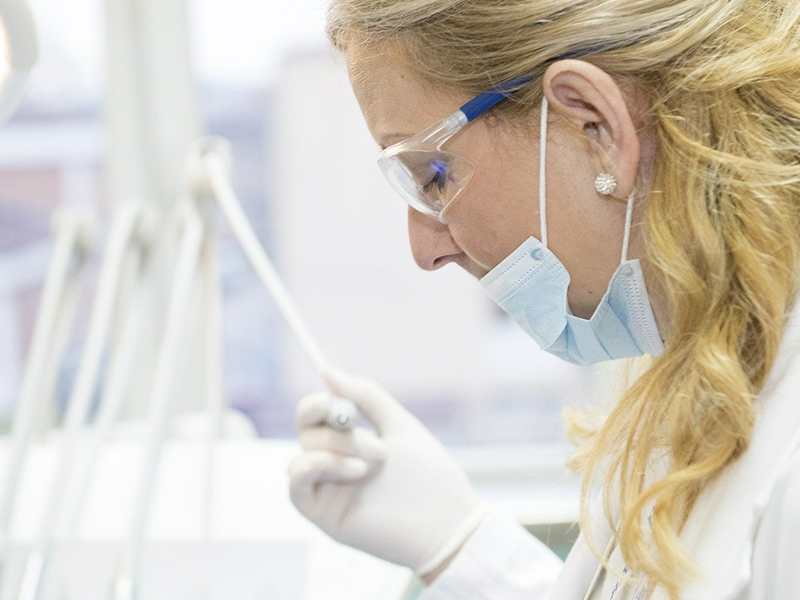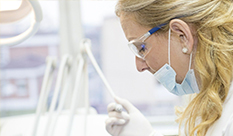你的位置:
首页 >
Industry Information
【Didymin】Main Citrus Flavonoids with Antidiabetic Effects
【Didymin】Main
Citrus Flavonoids with Antidiabetic Effects
Didymin ((S)-5,7-dihydroxy-4′-methoxyflavanone-7-β-rutinoside) is an oral bioactive
citrus flavonoid-O-glycoside belonging to a flavanone class found in several citrus fruits, such as oranges, lemons, grapefruits, and mandarins. Although it has great antioxidant potential, didymin is mainly mentioned in the literature in relation to its potent anticancer capacity, having an antiproliferative effect and preventing the growth of cancer cells. The effects of didymin against endothelial dysfunction, a pathological process involved in atherogenesis, were described by Shukla, Sonowal, Saxena, and Ramana, who demonstrated the role of this flavanone in inhibiting the apoptosis of human umbilical vein endothelial cells induced by high glucose, via modulating oxidative stress signals, leading to the generation of ROS as well as the activation of caspase-3 and Erk1/2 and regulation of the Bcl2 protein. Moreover, didymin also alleviated high glucose-induced endothelial dysfunction by preventing monocyte adhesion to endothelial cells, restoring endothelial nitric oxide synthase (eNOS) and NO levels, reducing the levels of several inflammatory cytokines, such as TNF-α, interferon gamma (INF-γ), IL-1β, IL-2, and IL-6. Thus, these results demonstrated that it could be developed as a natural therapeutic agent against hyperglycemia-induced endothelial dysfunction and mortality.
In vitro experiments showed that didymin inhibited human recombinant aldose reductase (HRAR), rat lens aldose reductase (RLAR), α-glucosidase, and AGE formation. It also activated the insulin-signaling pathway and resulted in improved insulin sensitivity. Together, these physiological effects led to a potent antidiabetic effect. Regarding the molecular mechanisms related to these effects, didymin reduced the expression of protein tyrosine phosphatase (PTP1B) and increased the phosphorylation of IRS-1, PI3K, glycogen synthase kinase 3β (GSK3β), and Akt, besides reducing two key enzymes, leading to diminished hepatic glucose production in insulin-resistant HepG2 cells. Molecular docking studies indicated that didymin possessed high affinity and tight binding capacity for the active sites of HRAR, RLAR, PTP1B, and α-glucosidase. Additionally, didymin showed important vascular effects through the activation of molecular pathways that result in glycemic control, highlighting the great therapeutic potential for diabetes and diabetes-associated complications. Thus, further clinical trials are warranted to investigate the use of didymin as a potential lead candidate to protect against metabolic disorders targeting various organs.

........................................................
如果你想知道更多信息,可以发邮件到:info@benepure.com或打电话给我们:+862886799990.
 上一条:【Hesperidin】Main Citrus Flavonoids with Antidiabetic Effects
下一条:Research indicates that vitamin D3 supplementation can help repair damage to the cardiovascular system
上一条:【Hesperidin】Main Citrus Flavonoids with Antidiabetic Effects
下一条:Research indicates that vitamin D3 supplementation can help repair damage to the cardiovascular system













